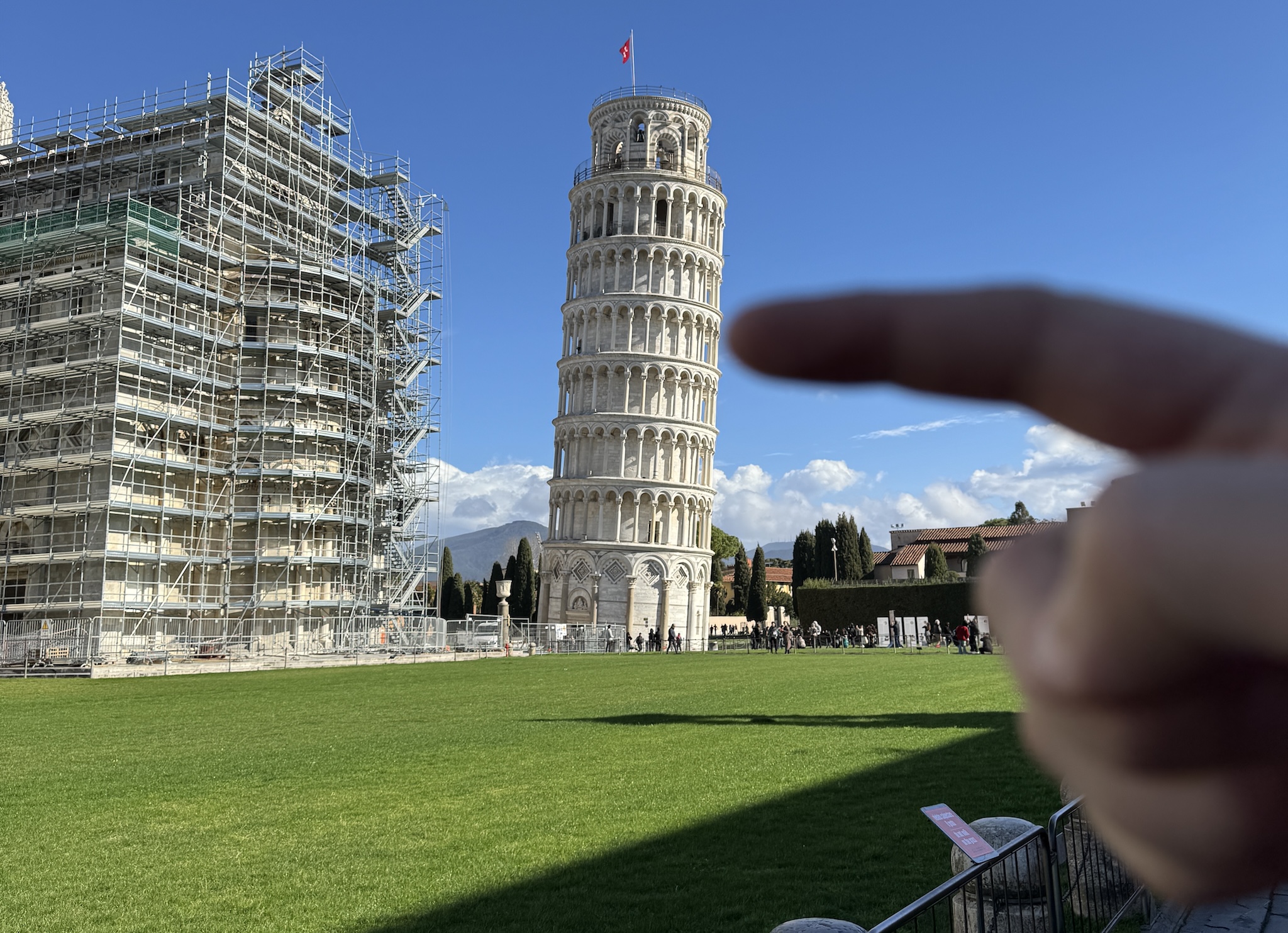Exploring Madrid: Art, History, and Hidden Gems
Written on February 7th, 2025 by Dariusz Siedlecki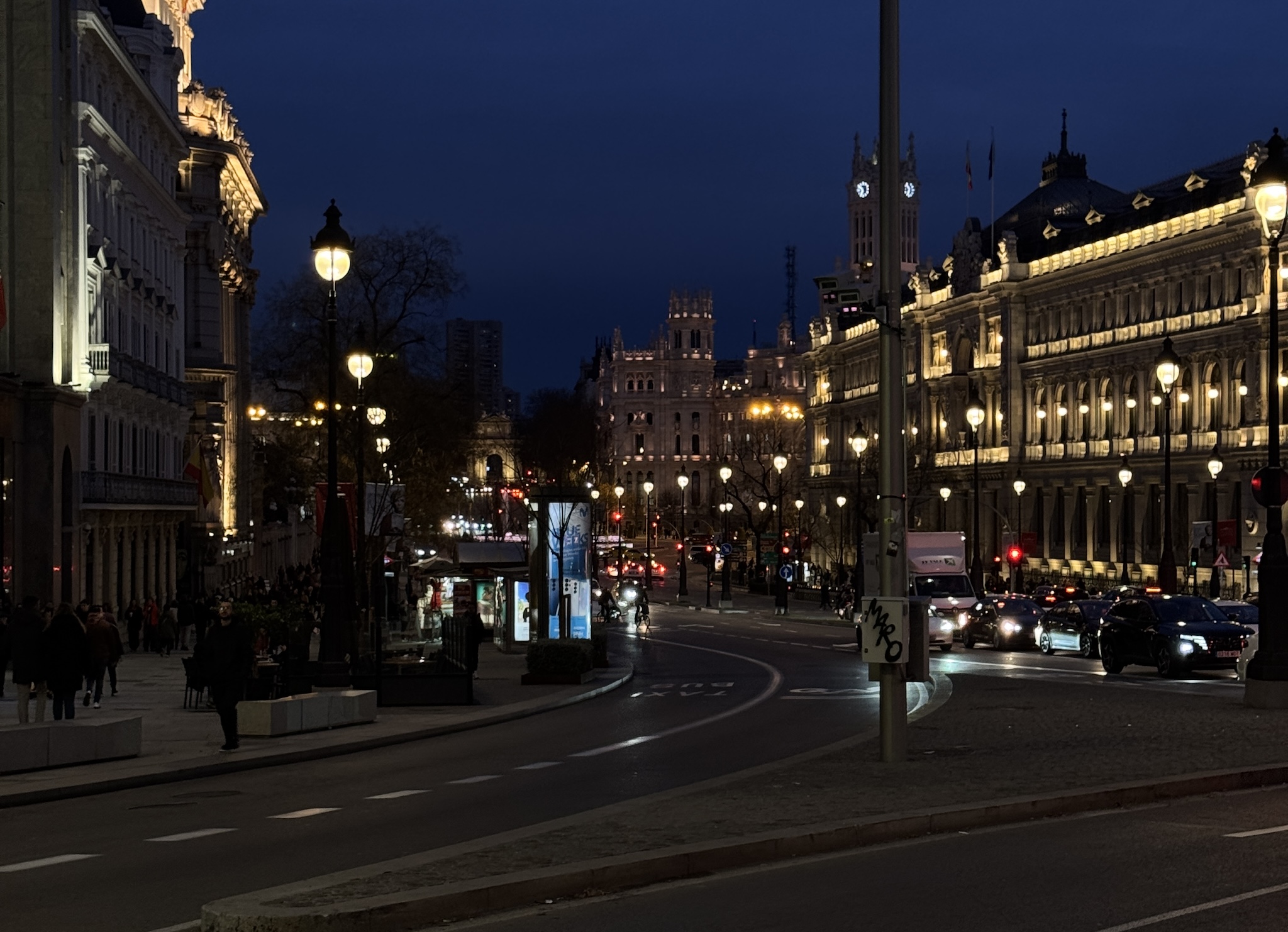
My plan for Spain was straightforward—visit friends, eat great food, see museums, and continue my journey. Since I know Spain well, having visited several cities here multiple times, I felt comfortable navigating Madrid even with an altered itinerary.
I arrived in Madrid to meet Pablo, my friend from Shopify. Working remotely is funny—you develop strong connections with people, yet meeting in person still feels surreal. This was only the third time we met in real life. He lives in Boadilla del Monte, a quiet and charming suburb of Madrid, where life moves at a slower pace. It felt like a welcome escape from the city’s rush, with its tree-lined streets, cozy cafés, and relaxed residential vibe. A bonus place I can add to my list of visited cities!
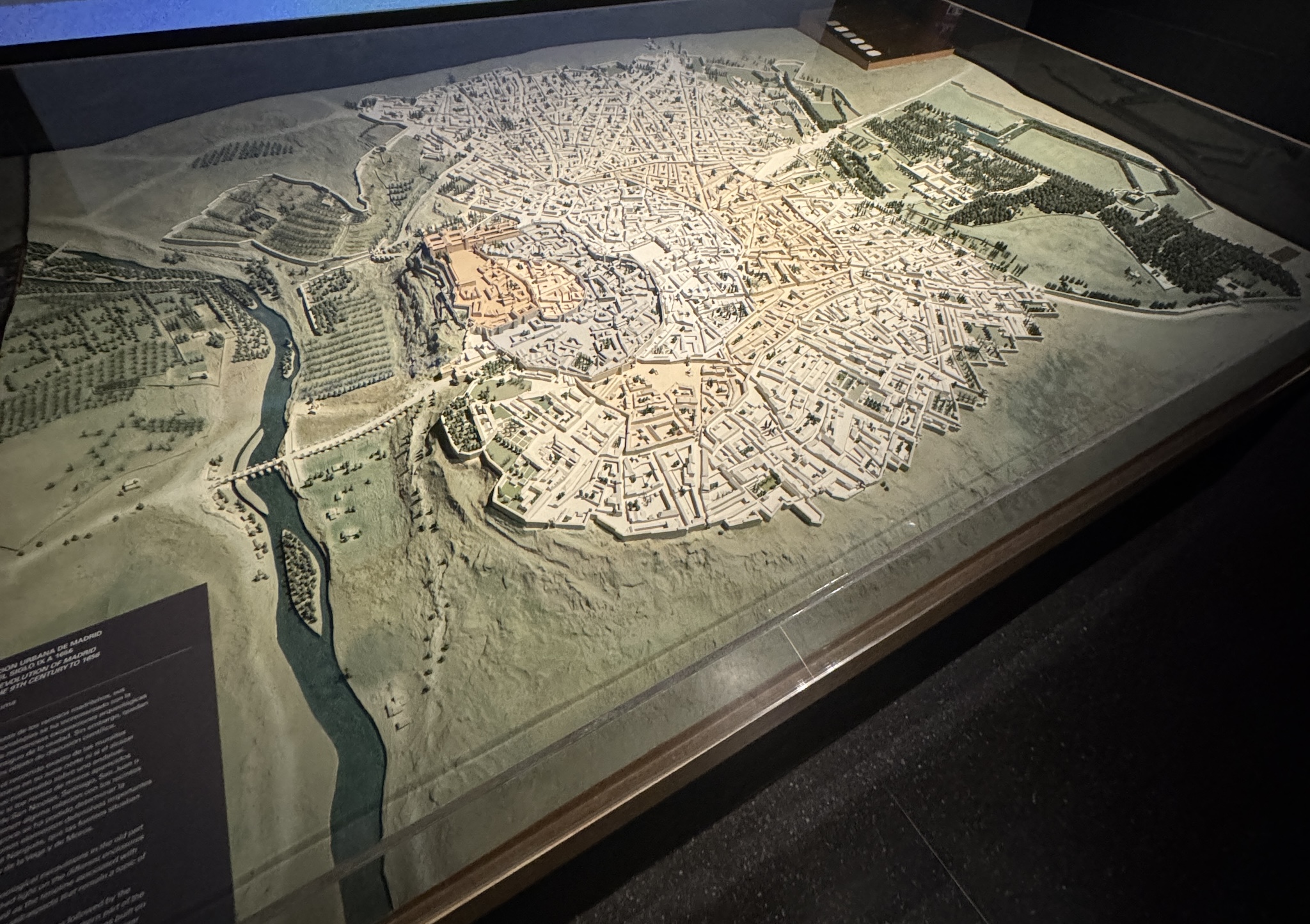
Madrid is a city rich in history, art, and culture, and one of its biggest highlights is undoubtedly the Prado Museum. This national museum is an absolute must-see, filled with an impressive collection of masterpieces. Walking through its grand halls, I was overwhelmed by the sheer scale of its artwork, featuring renowned artists like Goya, El Greco, and Rubens. Photography is strictly prohibited inside, but I couldn’t resist sneaking in a quick photo as a keepsake.
One of the most captivating pieces I saw was Las Meninas by Diego Velázquez—arguably one of the earliest and most intriguing “selfies” in history. The painting’s unique perspective, with Velázquez himself appearing in the scene as he paints, left a lasting impression on me. Exploring the Prado wasn’t just about admiring famous paintings but about immersing myself in centuries of artistic brilliance. Given the museum’s size and the depth of its collection, I left feeling both inspired and exhausted—a sign of a well-spent day.
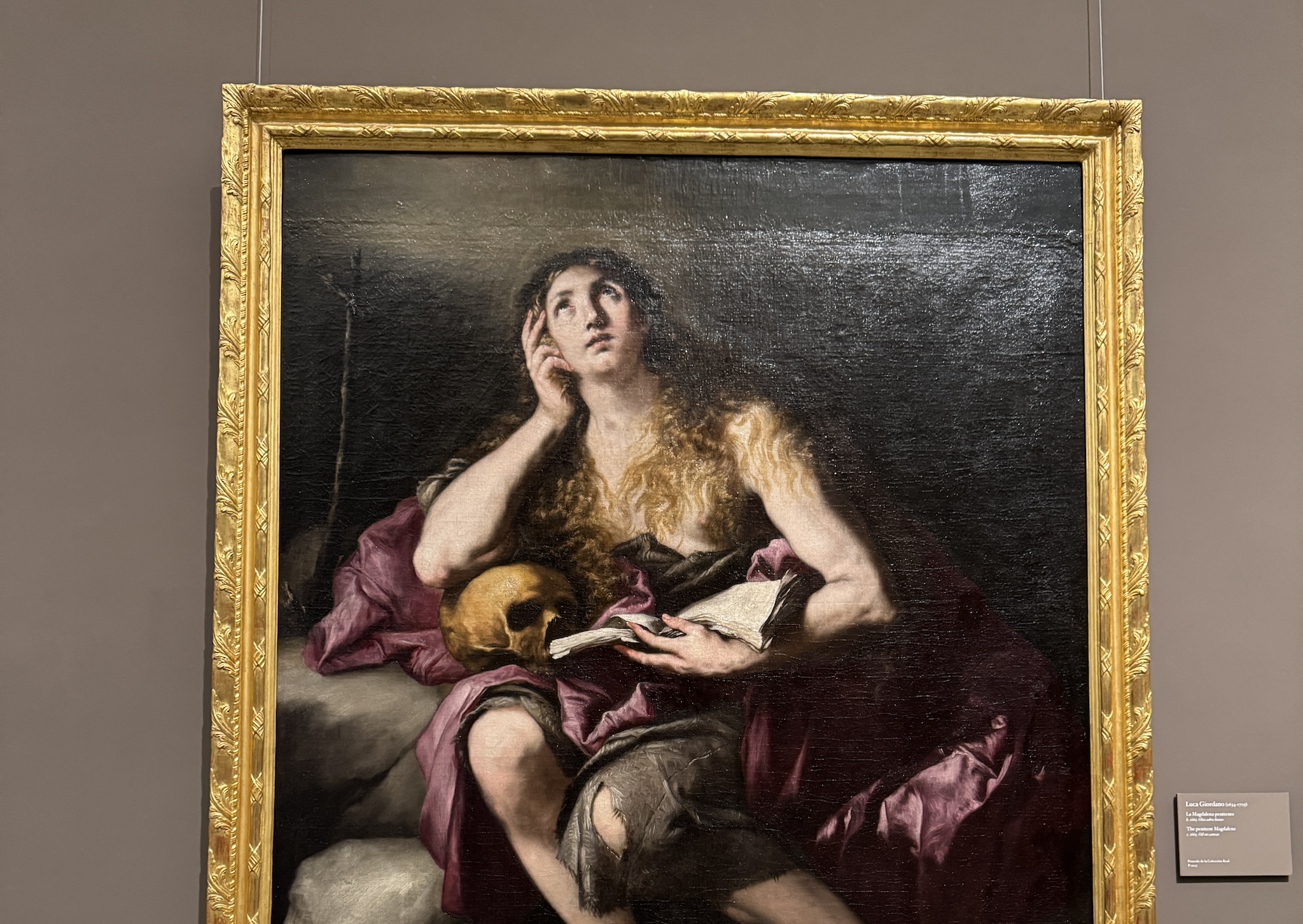
I also managed to visit two excellent free museums. The first was Espacio Fundación Telefónica, located in the headquarters of Telefónica S.A.—a wonderful example of repurposing corporate space for public enrichment. While I was there, two exhibitions caught my attention: Jaume Plensa. Inner Matter and a permanent exhibit on the history of telecommunication.
The Jaume Plensa exhibit was particularly striking, featuring intricate sculptures that played with light and shadows, creating an ethereal atmosphere. Many of the pieces focused on the human form, using abstract elements to provoke thought about identity, presence, and space. The way the exhibit encouraged interaction—through reflections, shifting lights, and sound elements—made it a truly immersive experience.
The permanent telecommunication exhibit, on the other hand, provided a fascinating journey through time, showcasing everything from early telegraphs to the evolution of mobile networks. It was surprising to see just how much communication has changed in such a short time. There were hands-on displays where visitors could try out old telecommunication devices, making it both an educational and fun experience. The blend of art and technology in these exhibitions made this museum an unexpected highlight of my time in Madrid.
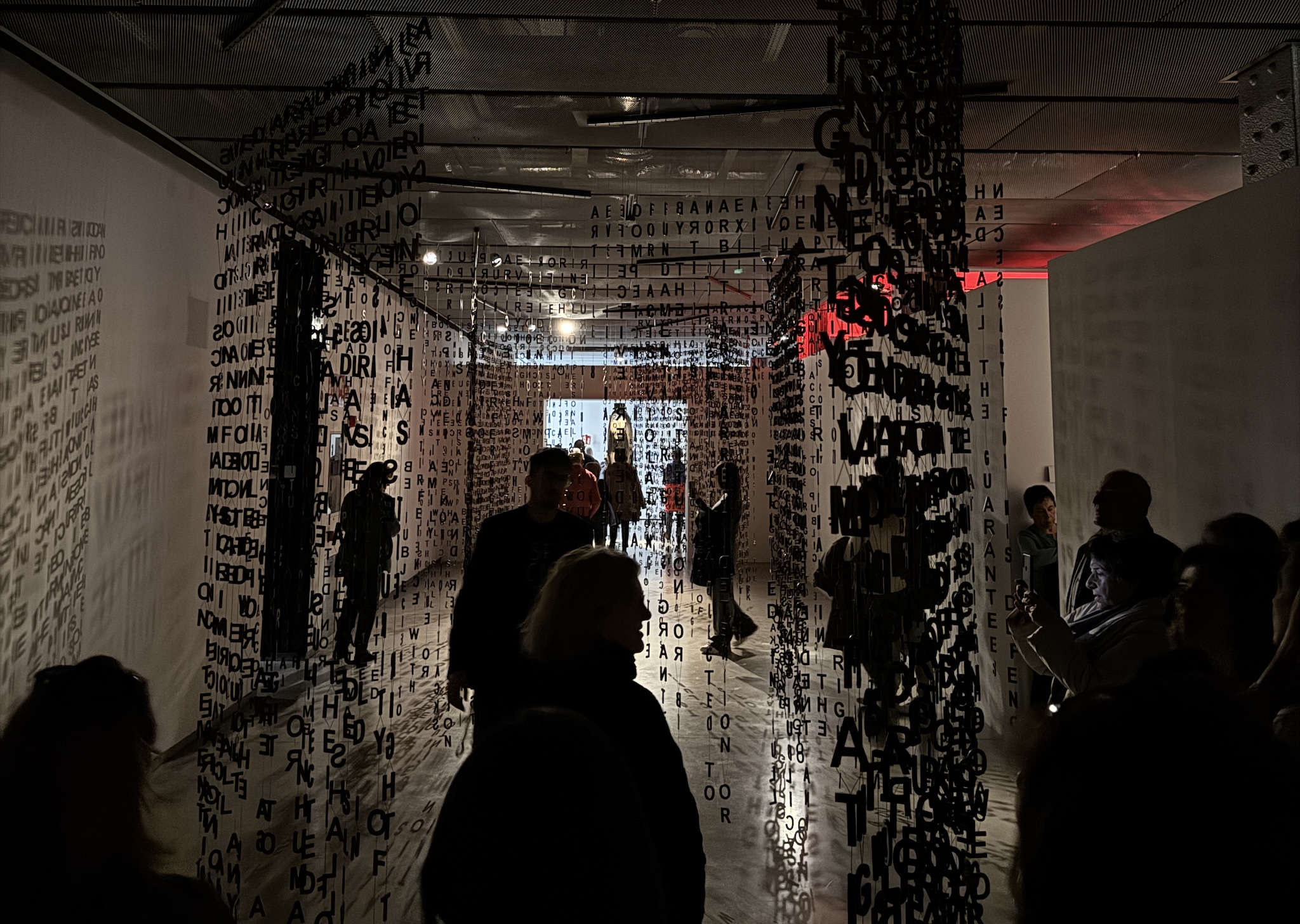
The second free museum I visited was Imprenta Municipal - Artes del Libro, dedicated to the art of printing and typography. Walking through its exhibits felt like stepping back in time, with intricate printing machines from different historical periods displayed up close. Of course, the highlight was the iconic Gutenberg printing press, a true game-changer in the world of written communication.
What really stood out to me was how hands-on and detailed the museum was. There were beautifully preserved letterpress machines, some still operational, where demonstrations showed exactly how text was printed onto paper in the past. The evolution of printing, from manually setting individual letters to the groundbreaking invention of offset presses, was captivating to witness. The museum also featured an impressive collection of historical typefaces and vintage printed materials, giving insight into how typography has shaped design and communication throughout history. It was an unexpected gem, and I left with a much deeper appreciation for the artistry behind the printed word.
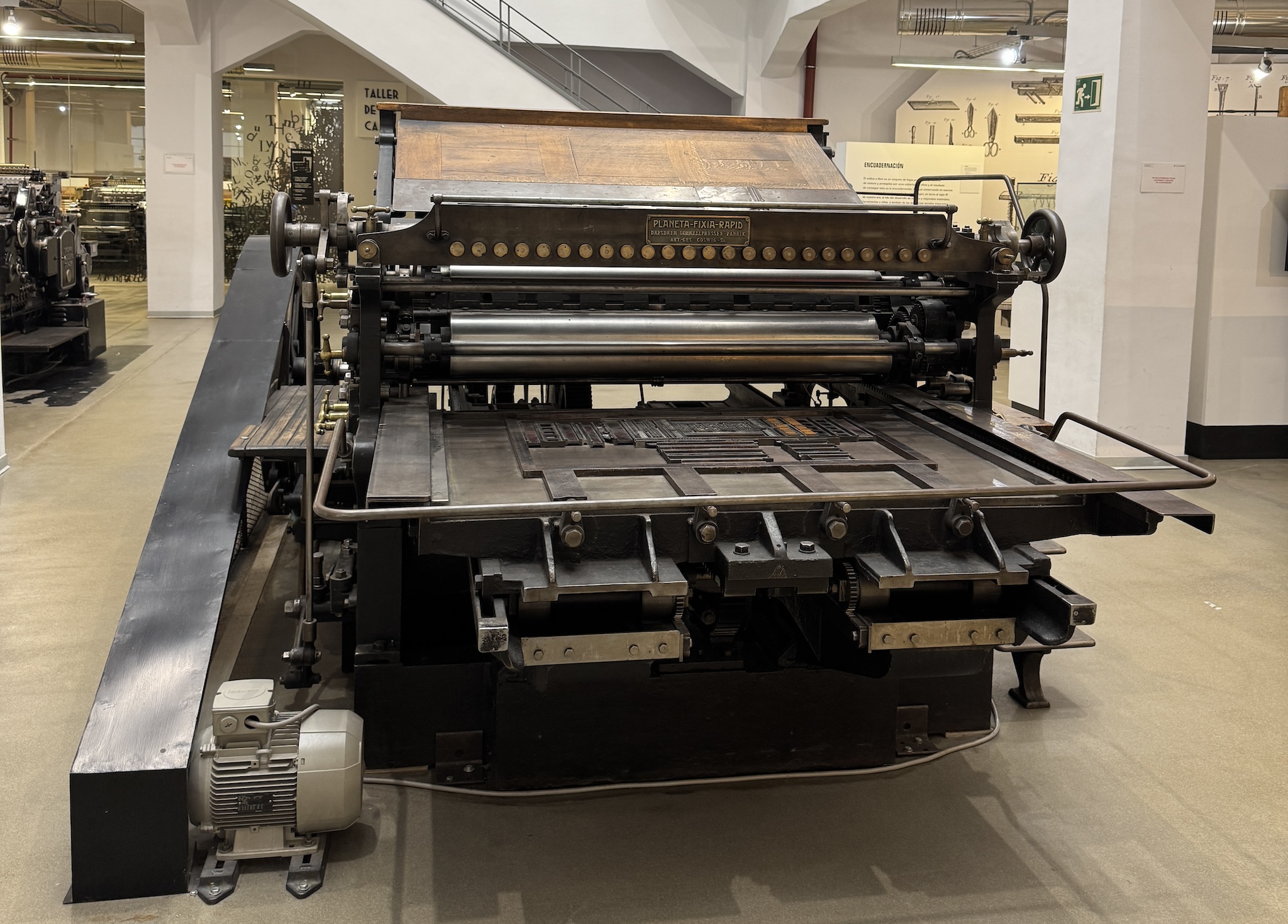
On my last evening in Madrid, my hostel organized a pub crawl, which I initially wanted to join. However, when I realized the night would involve clubbing, I quickly bailed and opted for a solo evening walk instead. My spontaneous adventure led me to La Analógica, a hidden gem in Huertas, one of Madrid’s most vibrant neighborhoods.
La Analógica is a vinyl bar with an unassuming entrance, the kind of place you wouldn’t notice unless you were looking for it. The moment I stepped inside, I felt welcomed by the friendly staff and the warm, intimate ambiance. Sitting at the bar, I struck up a conversation with the bartender, who enthusiastically shared the bar’s concept—they were trying to create a listening bar, a space where people could truly appreciate the music. Of course, this being Madrid, people were still chatting loudly, but it never felt overwhelming. The curated vinyl selection added an extra layer of charm, making the whole experience feel unique.
The bartender also had fantastic drink recommendations, so I trusted him completely when ordering. The cocktails were excellent, and I left feeling like I had discovered a true hidden spot. If you’re in Madrid and looking for a relaxed atmosphere with great music and drinks, La Analógica is the place to go.
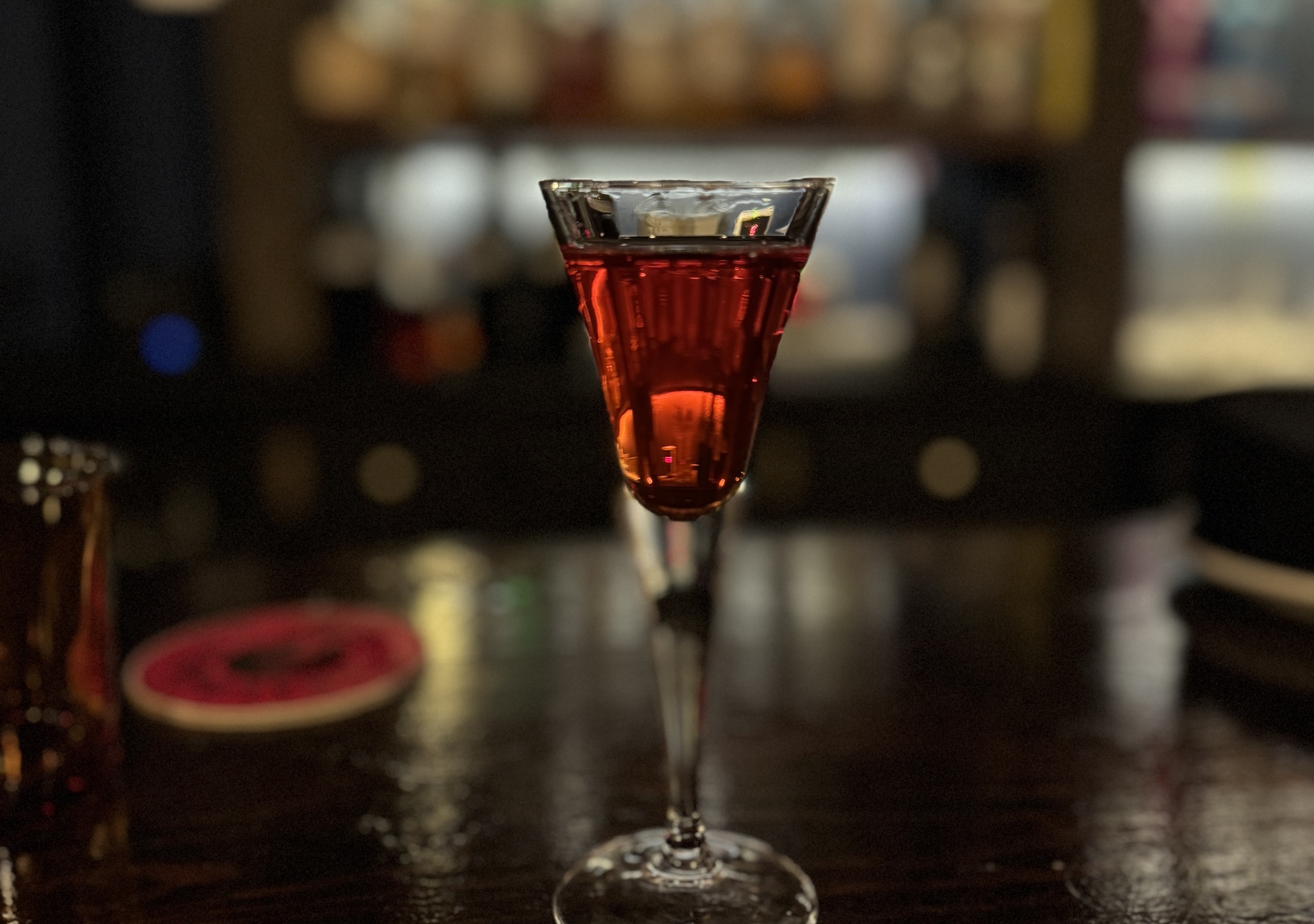
Madrid still managed to be an enriching experience filled with art, history, and memorable encounters. The mix of world-class museums, hidden cultural gems, and a lively yet relaxed nightlife made this visit worthwhile. the city never failed to impress.
Would I return? Absolutely. Madrid has an endless depth to explore, and next time, I’d love to dive even deeper into its neighborhoods, local food spots, and maybe—just maybe—try that pub crawl after all.
Accommodation
- Onefam Sungate Madrid - supposedly one of the best hostels in Madrid and in Europe, and I understand why. I was focusing on getting a hostel without bunk beds, and the bed setup in the room was very good. The people in my room were also extremely respectful, so the room was very quiet all the time. The sound isolation was also very good. And the common areas were great to hangout in and exchange a few words with other people. If you’re searching for a hostel in Madrid - this is a very good choice!
Food Spots
- Antonia Pizza - I was craving pizza on one day, but the New York style, and I decided to try this local place with very good reviews - didn’t disappoint. The pepperoni slice was fantastic,
- Taberna el Arco - I searched for a place where they could make me a paella for one (oh the joys of traveling solo and wanting a food which is usually made for 2+ people), and I found one in Huertas - the paella was amazing!
- Konnichiwa de Preciados - I heard very good things about this place and it was a small Japanese gem in Madrid - had an amazing takoyaki.
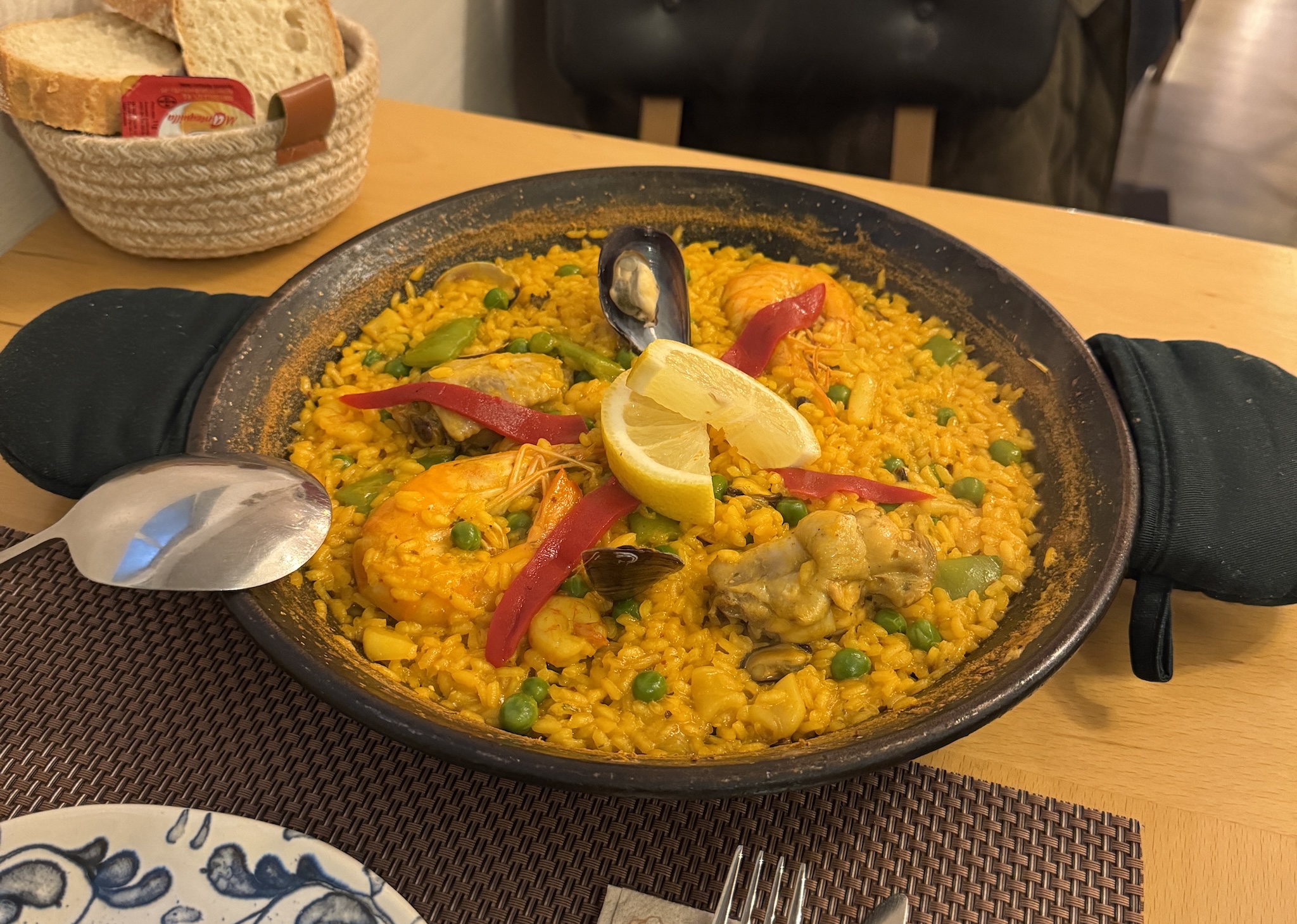
Practical Takeaways
- Public Transport: Try to stick to the Metro when you visit, Madrid has a lot of other options as well, including the Renfe trains, but the easiest way is to stick to one. The fares for the metro are a bit confusing, but in general it’s 1.50 EUR to 2 EUR for a ride, or you can buy a 10-ride ticket for a discount (and multiple people can travel on it!). If you do ride the Renfe trains - be very careful which one do you board - their indicators are very bad.
- Airport transfer: A bit similar to the above, you can use both Renfe trains or Metro - but stick to the Metro, since you’ll most probably have to transfer from the train to the subway anyway. If you do get a Metro ticket, you’ll have to pay a 3 EUR surcharge for a stop at the airport.
- Mobile Internet: As in Italy, Orange offers a very good tourist plan (e.g., 5GB for 9 EUR), but compared to Italy, the internet quality is way better. I didn’t lose coverage even once in any city I visited.
City Habits
Whereas in Italy people were saying Allora all the time, in Spain I could hear Vale in the same way. I guess this is just like the German Also. It was also very funny to see all the churros places drowning (literally drowning) in locals in the morning - I guess it’s not only coffee that people go crazy for, but churros as well.
